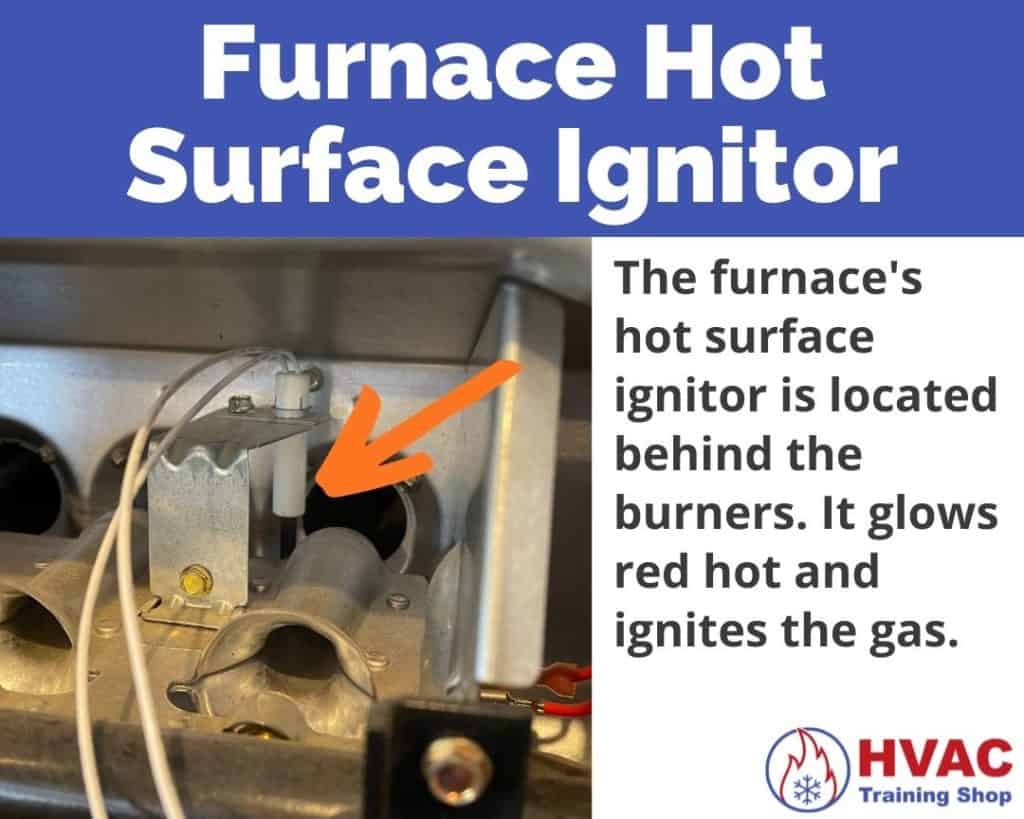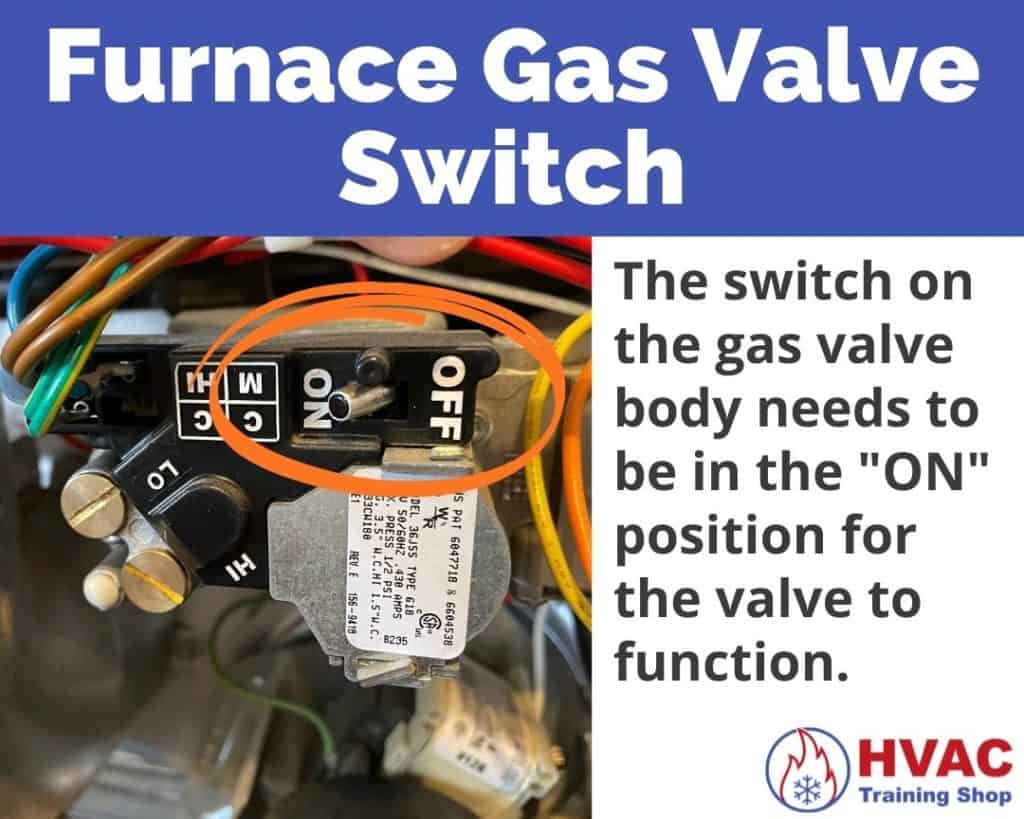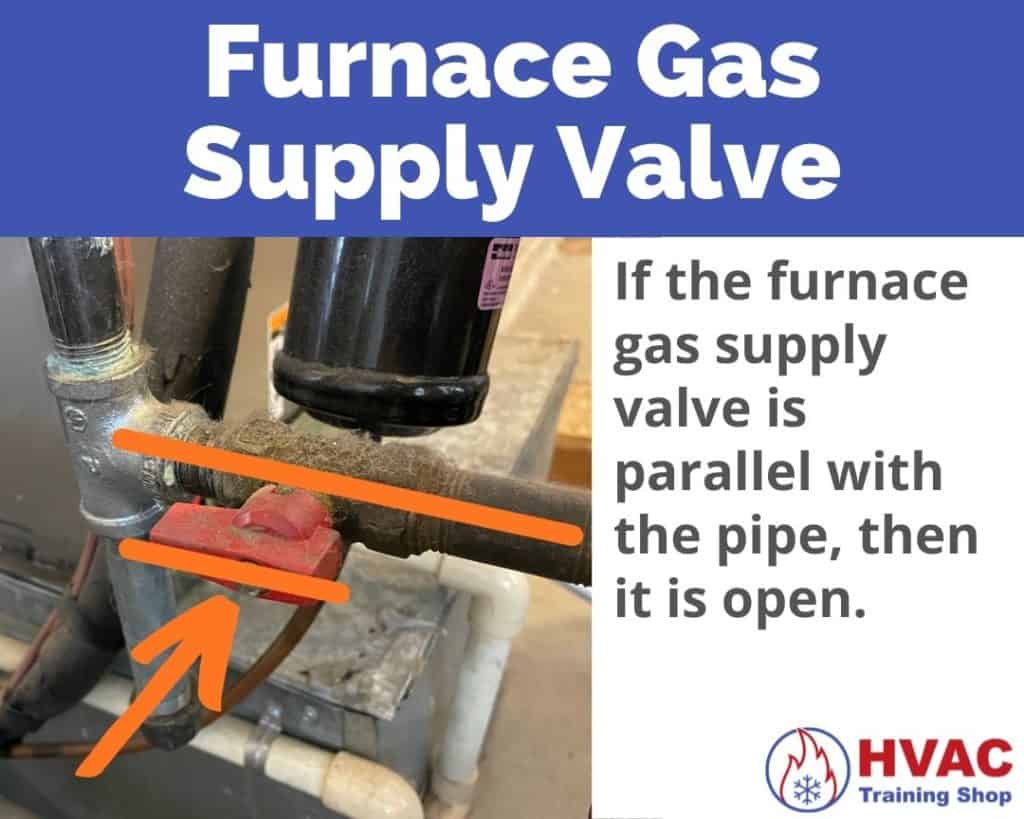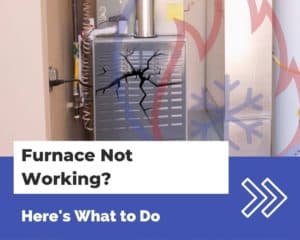If you’ve found that your home has gone cold on a winter day, the most obvious first thing to check is your furnace.
So you go and take a look at your furnace, but you find that it’s not running.
Worse yet, after some deciphering of error codes, you find that it’s giving you an ignition lockout fault error.
So what is an ignition lockout fault, anyway? And a better question: how do you fix an ignition lockout fault to get your furnace running again?
Ignition lockout faults are one of the most common furnace errors that I’ve seen out in the field. Fortunately, their causes are often pretty simple to track down.
In this article, I’ll go over everything you need to know about furnace ignition lockout faults: including what they are, what causes them, and how to fix them.
So get ready to dive deep into your furnace’s inner workings to get your furnace out of its ignition lockout and heating your home again!
What Is a Furnace Ignition Lockout Fault?
A furnace ignition lockout fault is a safety feature present in most modern furnaces.
When the furnace attempts to ignite its burner multiple times without success, the control board will lock out the ignition system to prevent potential gas buildup and unsafe conditions.
Furnace Ignition Lockout Fault Code
The term ‘Ignition lockout fault’ is used by Carrier furnaces and its related brands, Bryant and Payne.
The code for ignition lockout fault is error code 14, which shows as 1 short blink followed by 4 long blinks.
Essentially, it’s the furnace’s way of saying, “Something is wrong with the ignition process, so I’m going to shut down to keep everyone safe.”
After the furnace shuts down, it goes into a lockout. It can go into either a soft lockout or a hard lockout.
What’s the Difference Between a Hard and Soft Lockout?
A soft lockout is a temporary safety shutdown of your furnace.
When the furnace’s ignition sequence fails (like when the burners fail to ignite), the control board will enter a soft lockout mode. During this time, the furnace will pause for a few minutes before attempting the ignition sequence again.
A hard lockout is a more permanent shutdown of the system due to a persistent or severe fault.
If, after 2 or 3 more attempts, the furnace fails to successfully complete its ignition sequence, the system will enter a hard lockout mode.
In a hard lockout, the furnace stops attempting to ignite and remains off to prevent potential hazards, such as gas buildup.
When a furnace is in a hard lockout it won’t attempt to restart on its own until it is manually reset.
If you’re curious about how to reset a hard lockout, check out my article about how to reset your furnace.
However, I recommend you read through the rest of this article first, since I go over all the causes of a furnace ignition lockout and how to remedy them.
What Causes a Furnace Ignition Lockout Fault?
Most furnaces will go into an ignition lockout after 3 or 4 failed attempts at igniting gas and proving flame.
In layman’s terms, this means that if your furnace doesn’t detect a flame after trying to light up after 3 or 4 tries, then it goes into an ignition lockout fault.
So what parts of the furnace should you be looking at if your furnace goes into an ignition lockout?
Here are all of the possible causes of a furnace ignition lockout:
1. Bad Flame Sensor
A dirty or bad flame sensor is the most common cause of a furnace ignition lockout fault.
The flame sensor is the part of the furnace that detects whether it is producing a flame. If the flame sensor doesn’t detect a flame when it ignites, then the furnace will go into an ignition lockout fault.
A furnace’s flame sensor is a small metal rod located in front of the burners. When a flame passes over the rod of the flame sensor, it sends an electrical signal to the furnace’s control board to let it know that a flame has been detected.

If the flame sensor gets dirty with black residue, then it won’t properly transmit a signal to the furnace’s control board, even when a flame is present.
To fix a dirty furnace flame sensor, you’ll need to remove it from the furnace and clean the flame sensor rod with a scouring pad.
Check out my article below about everything you need to know about the furnace’s flame sensor, including testing and replacing it if it goes bad. I also go over the process of cleaning the furnace’s flame sensor.
2. Bad Ignitor
A bad ignitor will prevent your furnace from creating a flame, causing it to go into an ignition lockout.
Your furnace’s ignitor is responsible for lighting up the gas that comes out of your furnace’s burners.
However, if your ignitor goes bad, then your furnace won’t be able to ignite the gas and create a flame.
Most furnaces nowadays use hot surface ignitors. While hot surface ignitors are very reliable and efficient, they have a limited lifespan of around 5-7 years.

Worse yet, hot surface ignitors can crack if they are handled or installed improperly.
Fortunately, there is a test procedure to check whether your furnace’s ignitor is bad, which I go over in my article below:
3. Gas Valve or Gas Supply Issues
If your furnace’s gas valve or gas supply is not supplying gas, then your furnace’s burners won’t ignite and your furnace will go into ignition lockout.
Your furnace’s gas valve is responsible for opening to let gas through your furnace’s burners when it’s time for them to fire up. However, if your gas valve is stuck or not working, then your furnace won’t receive the gas it needs to ignite.
Some gas valves have a switch on them that needs to be turned to the “on” position for the gas valve to work.

Another thing to check is your furnace’s gas supply valve. This is the main gas valve that connects to your furnace. The handle on the gas supply valve needs to be opened in a parallel position with the gas pipe in order to supply gas to your furnace.

4. Exhaust Airflow Restriction
Restrictions in exhaust airflow will cause your furnace to go into an ignition lockout fault.
Fire needs 3 things: oxygen, heat, and fuel.
In the case of your furnace, the combustion airflow from the inducer produces the oxygen to make your furnace’s flame light up.
However, if there is a blockage anywhere in your furnace’s exhaust pipe, then your furnace won’t get the combustion airflow and oxygen that it needs to ignite.
If your furnace has an exhaust airflow restriction, in most cases you’ll get a “pressure switch did not close” error.
However, in some cases, your furnace’s pressure switch may close but not have enough airflow to produce a flame, leading to an ignition lockout fault.
If your furnace suddenly gives you an ignition lockout fault after a snowstorm, then it’s most likely due to an exhaust air flow restriction.
Check the exhaust pipe discharge outside of your home for any blockages. If there is any snow or debris blocking your exhaust pipe, clear it away to get your furnace running again.
5. Blower Airflow Restriction
Low airflow or an airflow restriction in your furnace system will cause a furnace ignition lockout.
If blower airflow restrictions aren’t bad enough, they can also cause your furnace to go into a hard lockout when an ignition lockout fault occurs.
Airflow restrictions cause an ignition lockout fault because of high temperatures in your furnace. When there is reduced airflow in your furnace, your furnace heats up to extremely high abnormal temperatures. These elevated temperatures cause your furnace’s high limit switch to trip and shut down your furnace.
After this sequence happens 3 or 4 times your furnace will go into an ignition lockout fault and won’t turn back on until you reset it.
In most newer furnaces, this behavior has its own unique error code, usually described as “limit circuit lockout”.
If you’re getting that error, then you definitely have an issue with your furnace’s high limit switch tripping.
Check out my article below for instructions on what you should do if your furnace’s high limit switch is tripping:
How to Fix a Furnace Ignition Lockout Fault
Fixing a furnace ignition lockout fault requires a systematic approach.
In my step-by-step guide below, I go over how to fix your furnace’s ignition lockout fault by addressing all of the common causes.
- Safety First:
- Ensure there’s no smell of gas. If there is, shut off the gas supply, leave the premises, and call your gas utility or a professional immediately.
- Turn off the power to the furnace using the disconnect switch or circuit breaker.
- Inspect the Flame Sensor:
- Locate the flame sensor (usually a thin metal rod positioned in front of the burners).
- Unscrew the flame sensor and gently clean the rod using a scouring pad (green scrubber) or fine steel wool.
- Reinstall the sensor and ensure it’s positioned correctly to detect the burner flame.
- Check the Ignitor:
- Inspect the ignitor for any visible damage, like cracks or breaks.
- If you have a multimeter, you can check the ignitor’s resistance. An open circuit indicates the ignitor is faulty and needs replacement.
- Inspect Gas Valve and Supply:
- Ensure the main gas valve is open.
- Ensure the furnace gas valve switch is in the “on” position (if applicable)
- Check Venting and Exhaust Air Intake:
- Inspect flue pipe and venting for any obstructions, like bird nests, debris, or snow and ice.
- Ensure the furnace’s exhaust air intake is clear of obstructions.
- Check for Airflow Obstructions:
- Inspect the furnace’s air filter and replace it if it’s dirty.
- Inspect the supply and return vents in your home and ensure that they are open and free of obstructions.
- Control Board and Wiring:
- Visually inspect the control board for any signs of damage, like burned spots.
- Ensure all wire connections are secure.
- Reset the Furnace:
- Reset your furnace by turning the power off, waiting about 20 seconds, and then turning the power on again. After resetting, watch and listen to the furnace to see if it goes through its normal start-up sequence.
What’s Next?
If you’ve gone through my entire guide and you’re still getting an ignition lockout fault, or if you’re unsure about any step, it’s essential to call a licensed HVAC technician to diagnose and fix the problem.
However, if you have any questions or just want to share how you ended up fixing your own ignition lockout error, feel free to drop a comment below!




The lockout flash pattern on my Amana furnace’s White-Rogers controller led me to suspect a bad igniter. Sure enough, no glow when I peeked through the burner box window, and igniter had infinite resistance when tested. But where do you buy a new one, especially in a small town with no HVAC or plumbing supply house? Luckily, finally found a tech in town who would sell me the right part. Furnace popped right on when I reapplied power.
We have a Goodman furnace works great than all of sudden stops working all I have to do is take covers off put back on works fine for a while
Hi Patrick,
There is something wrong with your furnace that is making it lock out. You should get a professional to diagnose the issue.